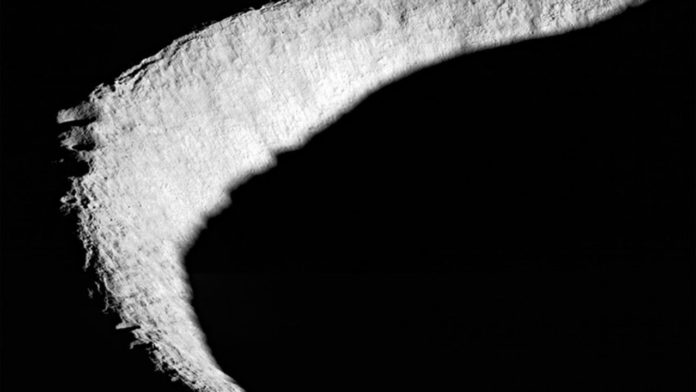In 2018, a team of scientists had directly observed definitive evidence of water ice on the Moon’s surface. These ice deposits are patchily distributed and could be ancient. At the southern pole, most of the ice is assembled at lunar craters, while the northern pole’s ice is more widely, however, sparsely spread.
Shedding light on the Moon’s south pole, a study has recently found that a majority of ice deposits are likely billions of years old, some may be much more recent. According to scientists, Understanding the ages of these ice deposits could have important implications for the surficial characteristics of the ice as well as for possible delivery mechanisms.
Ariel Deutsch, a graduate student in Brown University’s Department of Earth, Environmental and Planetary Sciences and the study’s lead author, said, “The ages of these deposits can potentially tell us something about the origin of the ice, which helps us understand the sources and distribution of water in the inner solar system. For exploration purposes, we need to understand the lateral and vertical distributions of these deposits to figure out how best to access them. These distributions evolve with time, so having an idea of the age is important.”

Credits: NASA
For the study, scientists gathered the data from NASA’s Lunar Reconnaissance Orbiter and analyzed the ages of the large craters in which evidence for south pole ice deposits was found.
Until now, scientists used to count the number of smaller craters that have accrued inside the larger ones. Now, scientists have an approximate idea of the pace of impacts over time, so counting craters can help establish the ages of terrains.
Scientists found that the ice deposits within large craters formed about 3.1 billion years or longer ago. Scientists also found evidence for frozen water in smaller craters, which they said seemed quite freshly formed.
Deutsch said, “That was a surprise. There hadn’t been any observations of ice in younger cold traps before.”
Scientists noted, “If there are indeed deposits of different ages that suggests they may also have different sources. Older ice could have been sourced from water-bearing comets and asteroids impacting the surface, or through a volcanic activity that drew water from deep within the Moon. But there aren’t many big water-bearing impactors around in recent times, and volcanism is thought to have ceased on the Moon over a billion years ago. So more recent ice deposits would require different sources — perhaps bombardment from pea-sized micrometeorites or implantation by the solar wind.”
“The best way to find out for sure is to send spacecraft there to get some samples. And that appears to be on the horizon.”
The study is published in the journal Icarus.
